Free ‘Making 5’ Addition Bingo Game for Kindergarten
Work on understanding addition sentences and composing the number five with this free bingo game for kindergarten.
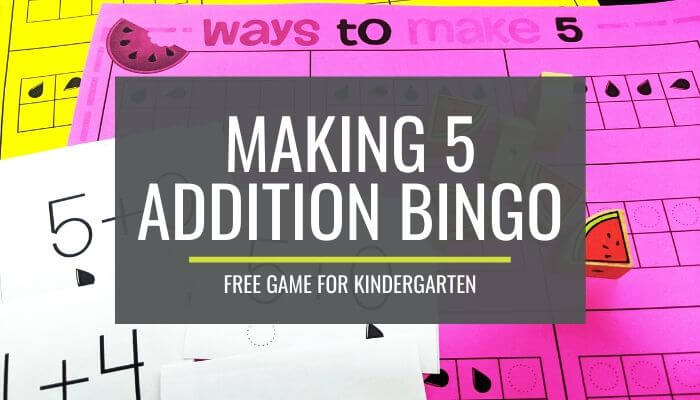
Bingo is a classic way to practice recognizing skills in a small group setting. Here is a ‘making 5’ addition activity we do during our math groups to help practice our Kindergarten Common Core standards.
Why I made this game
My kinders needed to develop stronger skills in “seeing” combinations and ways to make 5.
The Common Core standards we are working on are:
- K.OA.1.a Represent addition with objects, fingers, and sounds to identify the meaning of addition as putting together and adding to.
- K.OA.4.a State the number that makes 5 when added to any given number 1-4 with objects.
I introduce the seeds as representing the first addend and the dotted-outlined dots represent the second addend.
Some of the calling cards are missing an addend to provide a challenge and help differentiate.
This is to help students familiarize themselves with what the addends represent in an equation and for them to compare to the pictorial representations.
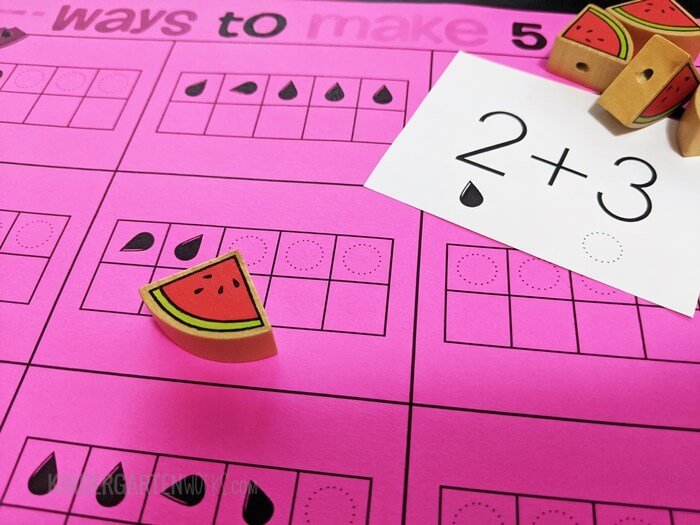
Think of this game as a scaffolded way for students to see an equation, see picture clues, and to find the visual match that represents the equation.
I also chose to specifically create a very light, almost invisible, second object (the dotted circle).
This was because I want my kinders to learn to visualize things filling up that space that aren’t actually there. In my mind, I assume this will help build mental math skills.
Maybe not, but I’m going for it anyway. {wink}
How to make it
This game is designed to be used in a small group of students (like as a warm-up activity during guided math).
Click here to download this game. [terms of use] [downloading help]
There are 6 different game mats which means up to six students can play. I recommend printing each game mat onto a different color paper it makes it easy to switch cards for a new round of play.
You can print the instructions and calling cards onto white paper.
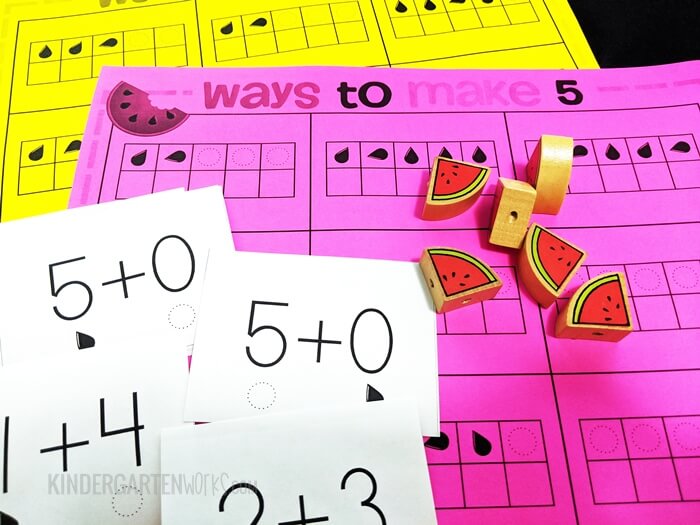
You’ll also need some kind of playing pieces or bingo chips so that students can cover their bingo spaces when they have a match.
I found some cute wooden watermelon beads and they work perfectly for this watermelon-themed game. But linking cubes, counting chips or anything small will work fine.
How to play
The rules for how to play are the same for any bingo game.
Each player takes a colored game mat and a handful of playing pieces to cover up their spaces.
The teacher picks a white calling card and reads it aloud while showing it to the players.
The students look for a matching picture representation of the equation on their game mat. If they have a match, they cover it up with a playing piece. If they don’t have a match they wait for the next card.
The aim of the game is to get three in a row – either horizontally, vertically or diagonally. And the first person to get it calls out “BINGO!” and wins the round.
Then students can switch mats. The teacher reshuffles the calling cards and a new game is started.
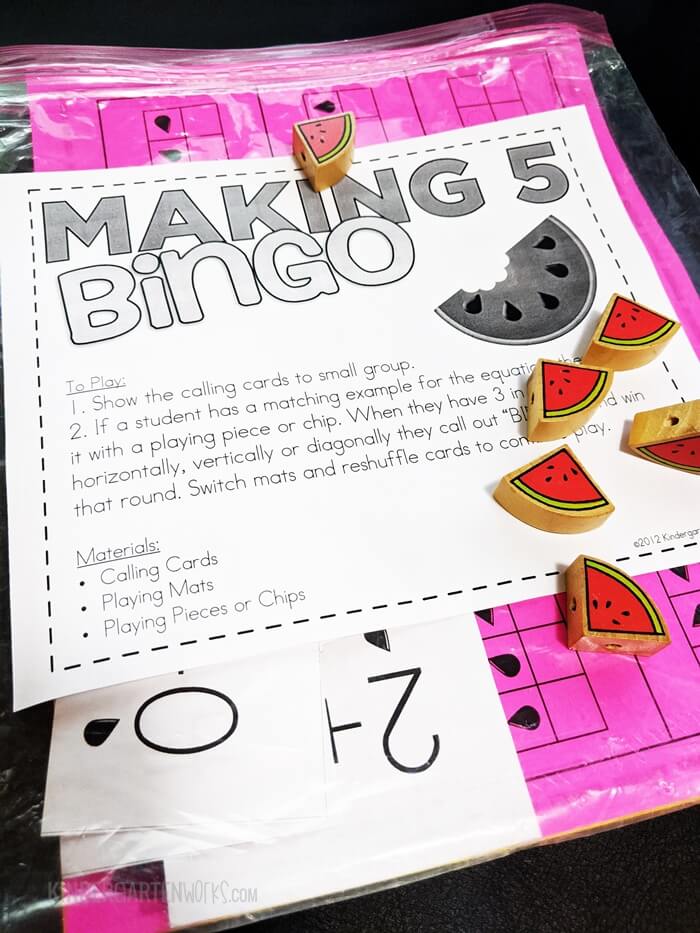
All of the game pieces and mats can easily be stored in a gallon Ziploc bag with the instructions stapled inside, facing out.
This makes cleanup a breeze. It’s how I like to store my math games.
What we learned
Normally, we played this game on two different occasions before I saw students really starting to catch onto the concepts I hoped they would.
They began to recognize what each part of an addition sentence (the beginning half anyways) represented and could accurately find a match.
Some students began to wonder if they could cover up the opposite equation – like instead of 2 seeds + 3 empty spaces – could they cover up 2 empty spaces + 3 seeds. This was excellent thinking and a good discussion. It allowed me to see who was making new connections.
Some students were building automaticity with making 5 – which is a huge skill in kindergarten – and they could find the match to the missing addend cards with ease.
Want to play it in your classroom too? I hope it can help your students – if they need work on those specific skills – as it did for my kinders.
If you like what I do here on KindergartenWorks, then be sure to subscribe today. I look forward to sharing ideas with you weekly.

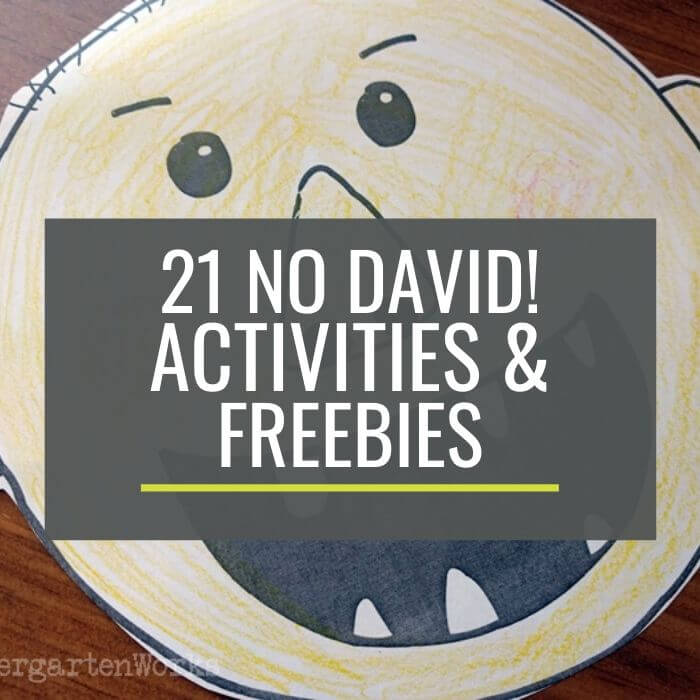
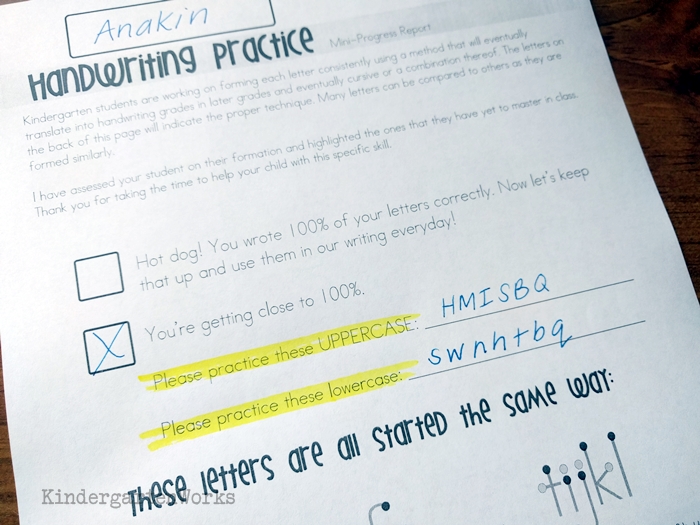
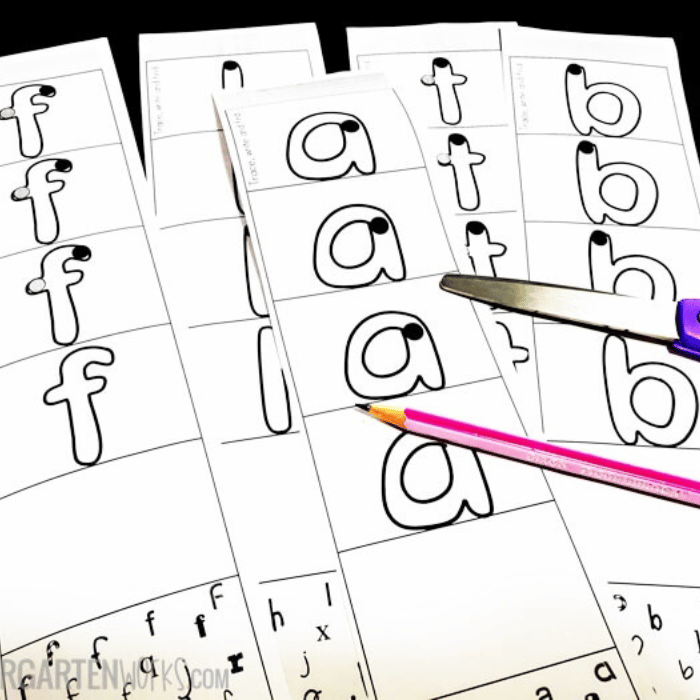
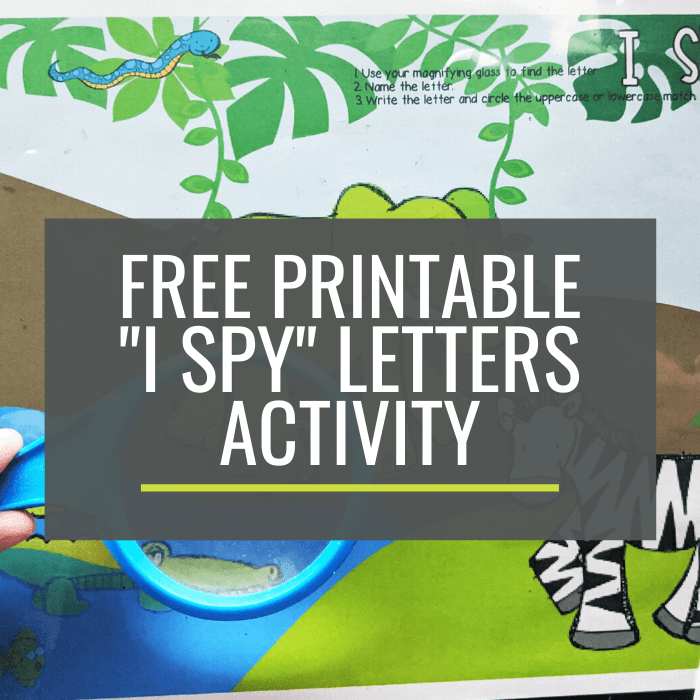
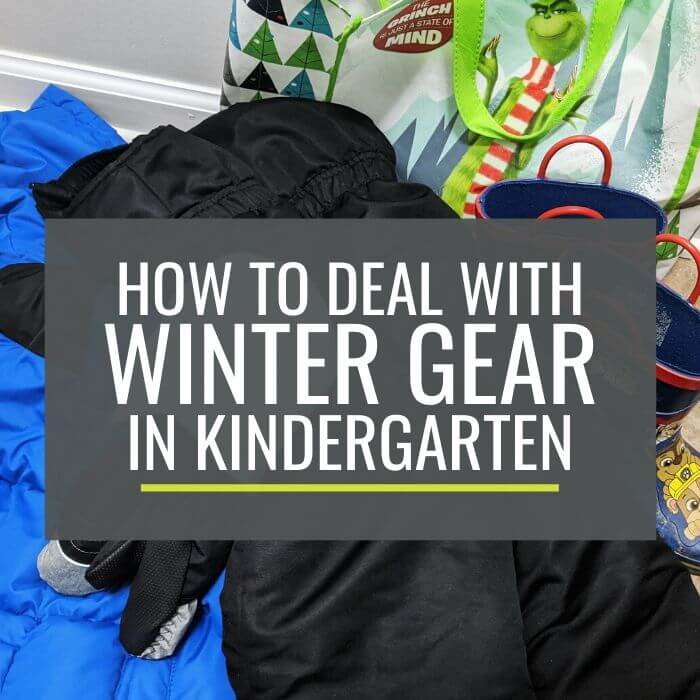
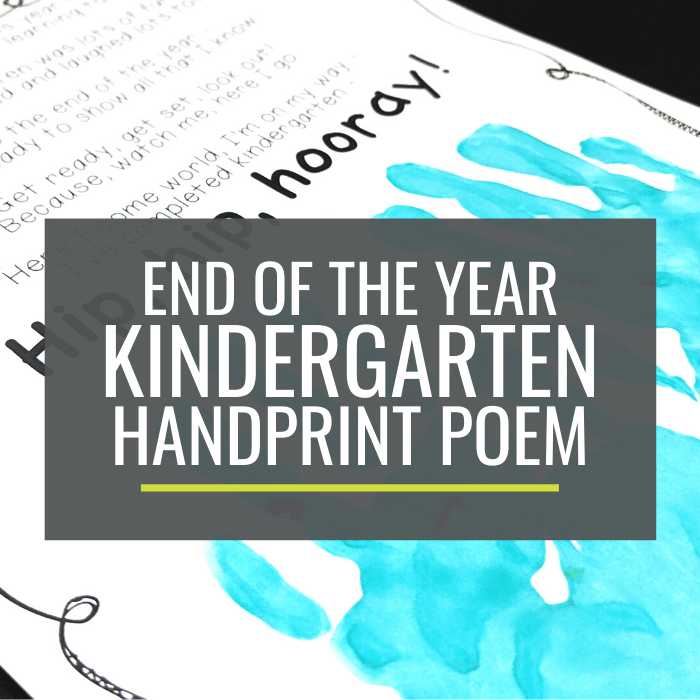
I’d like a printable copy of this game, but when I try to subscribe, I get an error message. Can you send it to me?
I gave it a try using your address and I think you should have your email in your inbox! 🙂